Chordata

Northern Cardinal
Cardinalis cardinalis

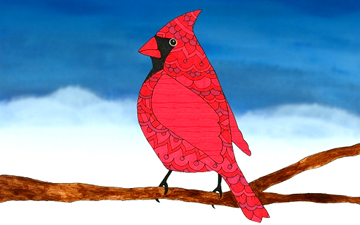
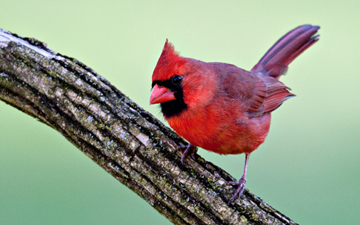
6 POINTS
• Cardinalis cardinalis has a FLIGHT of 2.
“When a male sees its reflection in glass surfaces, it frequently will spend hours fighting the imaginary intruder.”

Great Blue Heron
Ardea herodias

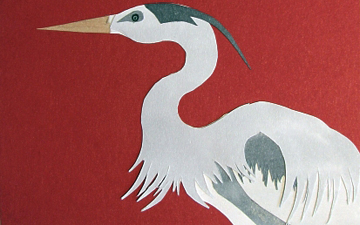

8 POINTS
• Ardea herodias has a FLIGHT of 2.
“Ardea herodias is the largest North American heron.”
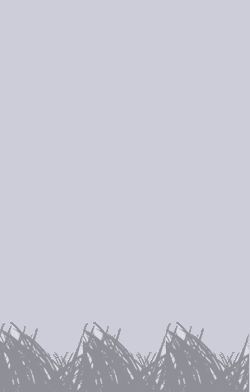
Horse
Equus ferus caballus


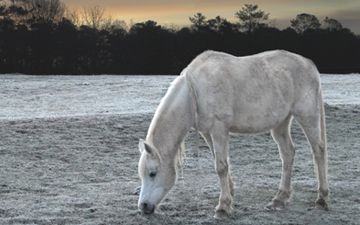
7 POINTS
• Equus ferus caballus has a MOVE of 2.
Although most horses today are domesticated, there are still endangered populations of the Przewalski’s Horse, the only remaining true wild horse.

European Starling
Sturnus vulgaris

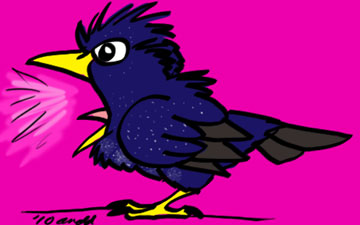
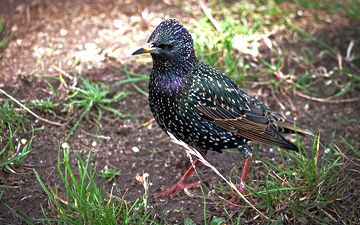
1 POINTS
• Sturnus Vulgaris has a FLIGHT of 2.
• S. Vulgaris is considered to be an INVASIVE species of Aves cards of identical scale and food chain rank.
• These birds are known to gather in huge flocks (sometimes as large as 1 million birds!).

Lion
Panthero leo

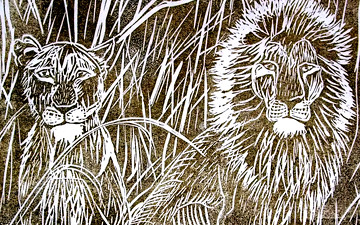
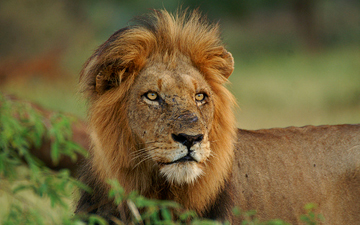
10 POINTS
Play: Leo panthera has a MOVE of 2.
Fact: A unique characteristic of both females and males is that the tail ends in a hairy tuft, which often conceals a hard “spine” or “spur”. The function of the tuft and spine are unknown.

Royal Starling
Cosmopsarus regius

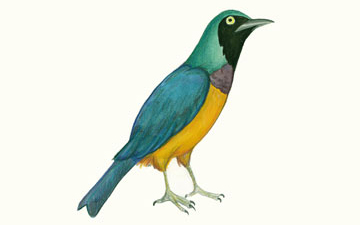
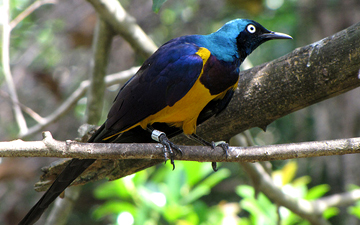
5 POINTS
• Cosmopsarus regius has a FLIGHT of 2.
The eggs of Cosmopsarus regius are light green with red speckles.